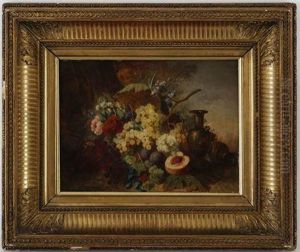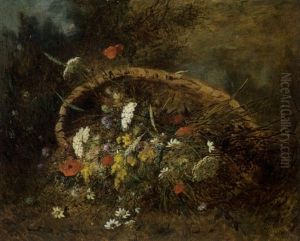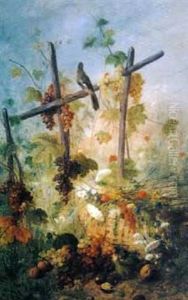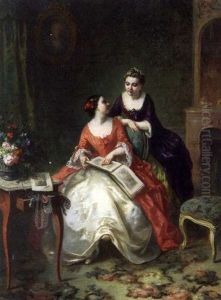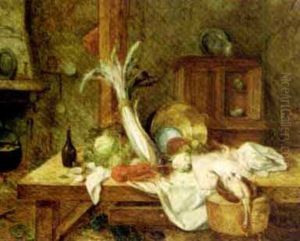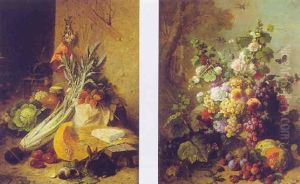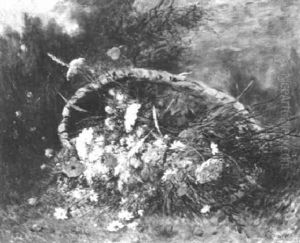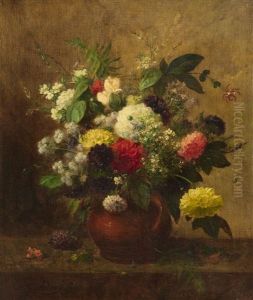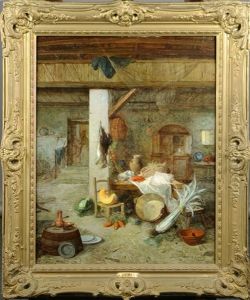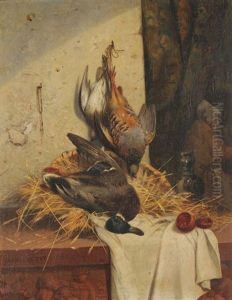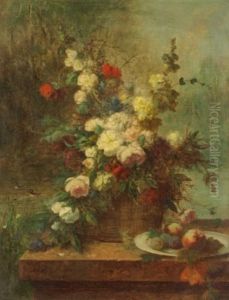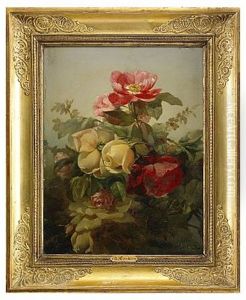Jean Alexandre Remy Couder Paintings
Jean Alexandre Remy Couder, born in 1808, was a French painter whose work was embedded in the 19th-century French artistic movements, primarily characterized by Neoclassicism and, later, Romanticism. He is not as widely recognized as some of his contemporaries, yet he contributed to the rich tapestry of French art during a dynamic period of political upheaval and cultural transformation.
Couder studied under influential artists like Anne-Louis Girodet and Jean-Baptiste Regnault. His education and training under these masters allowed him to develop a style that paid homage to the precision and grandeur of neoclassical art while also beginning to embrace the emotive qualities that would later define Romanticism. He exhibited his works at the prestigious Paris Salon, where he would have been amongst the best of his era, competing for the attention and acclaim of both critics and the public.
Couder's works often included historical and mythological themes, which were common among his peers. These subjects allowed artists to showcase their skill in depicting the human form, their command of composition, and their ability to imbue a narrative with drama and emotion. Couder's paintings are known for their clarity of form and attention to detail, qualities that reflect his academic training.
Despite his skill and training, Couder did not achieve the same level of fame as some of his contemporaries, like Eugène Delacroix or Jean-Auguste-Dominique Ingres. However, he was respected in his time and contributed to various important projects. For instance, he was involved in the decoration of the Luxor Obelisk in Paris and participated in the creation of historical dioramas, an early form of immersive historical storytelling that predated the motion picture.
Jean Alexandre Remy Couder died in 1879, leaving behind a body of work that, while perhaps not as celebrated as that of some of his peers, showcases the craftsmanship and aesthetic values of a significant period in French art. His paintings remain as a testament to the era's complex interplay between the grandeur of neoclassicism and the burgeoning spirit of Romanticism.

